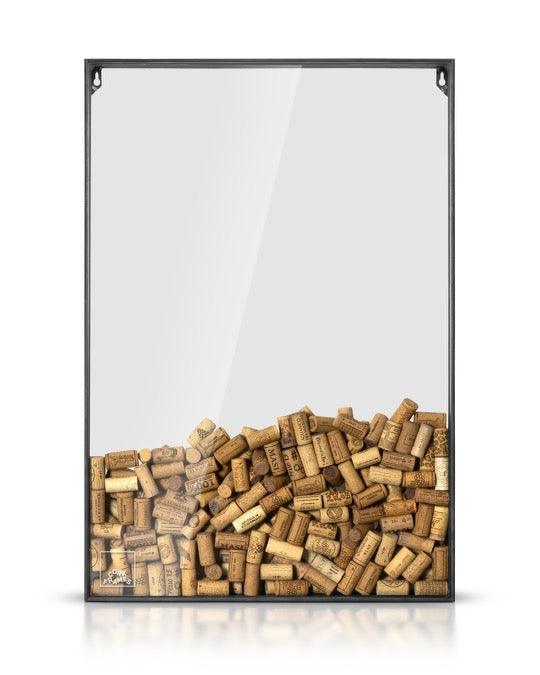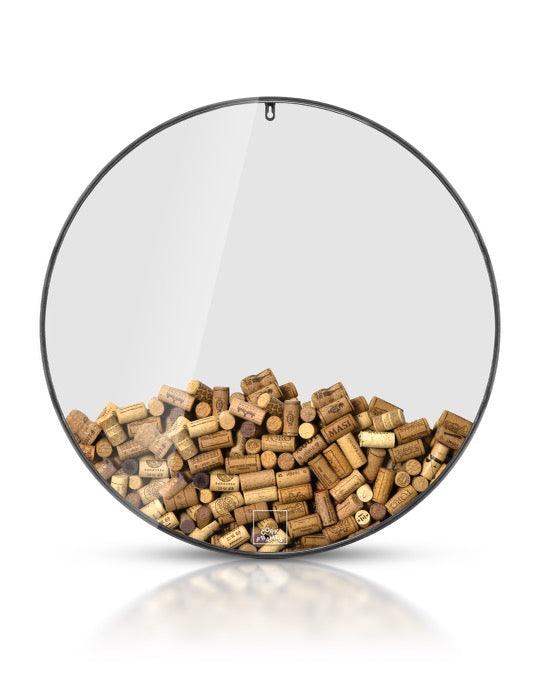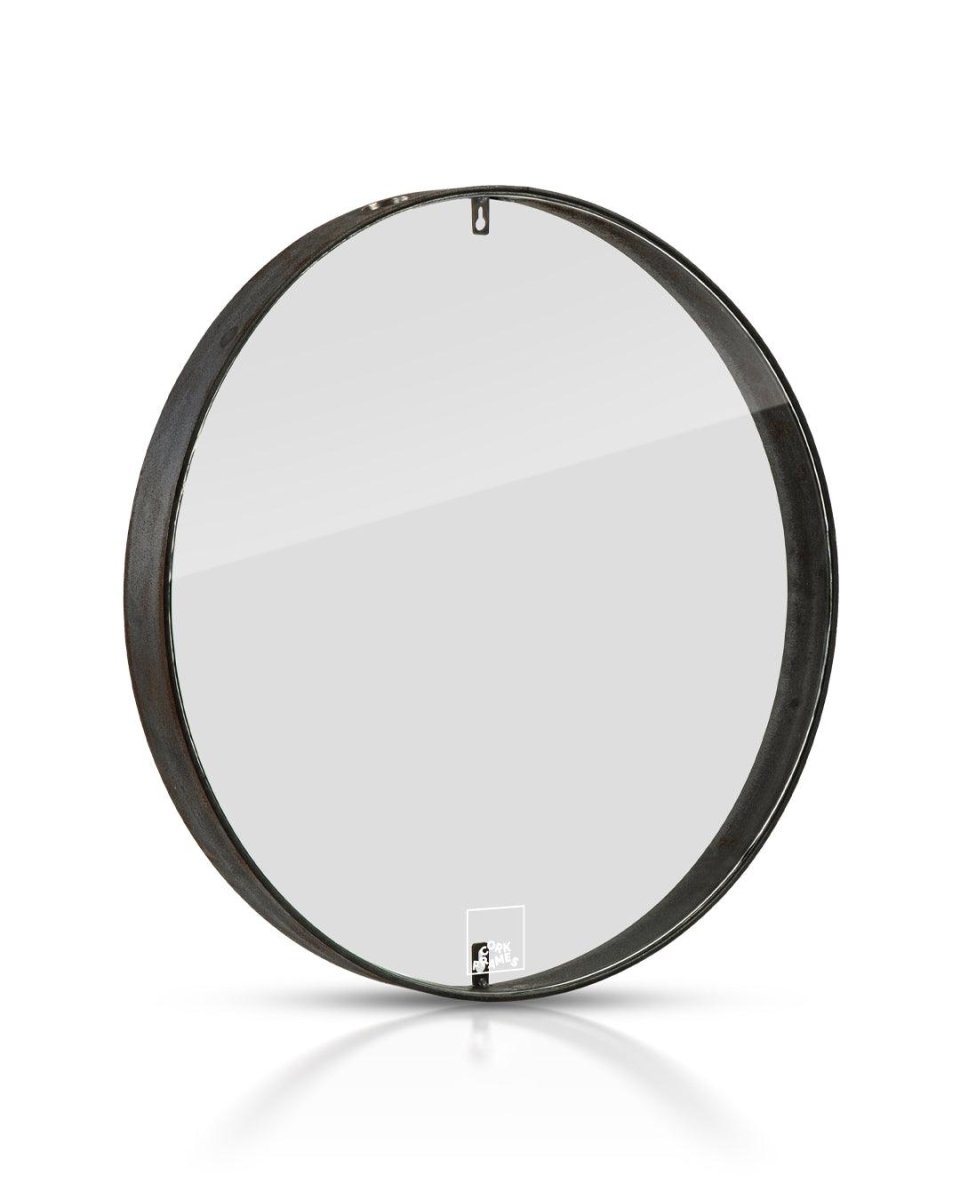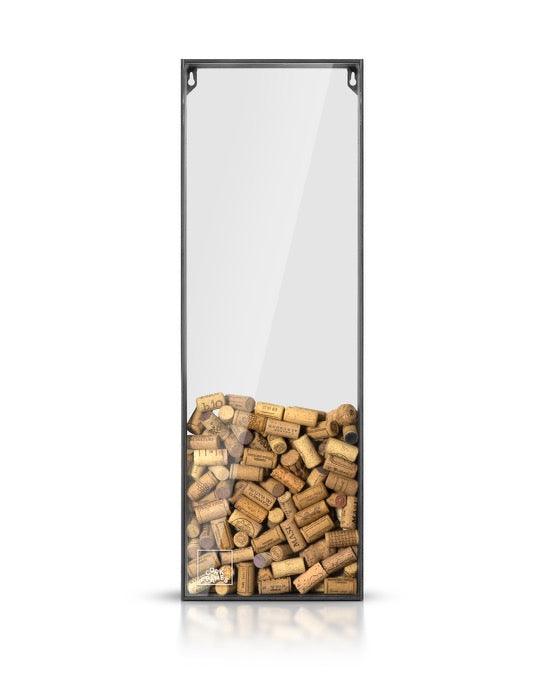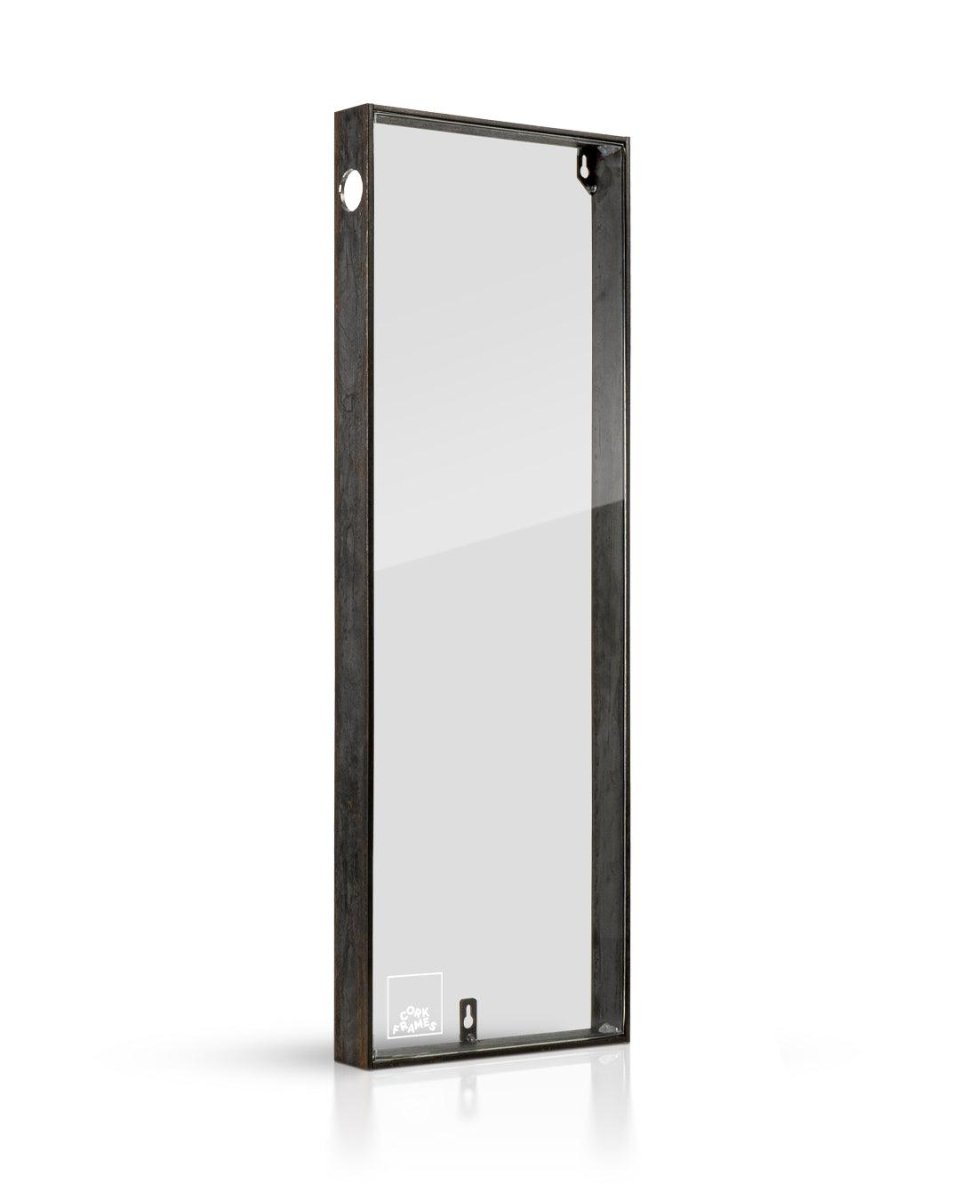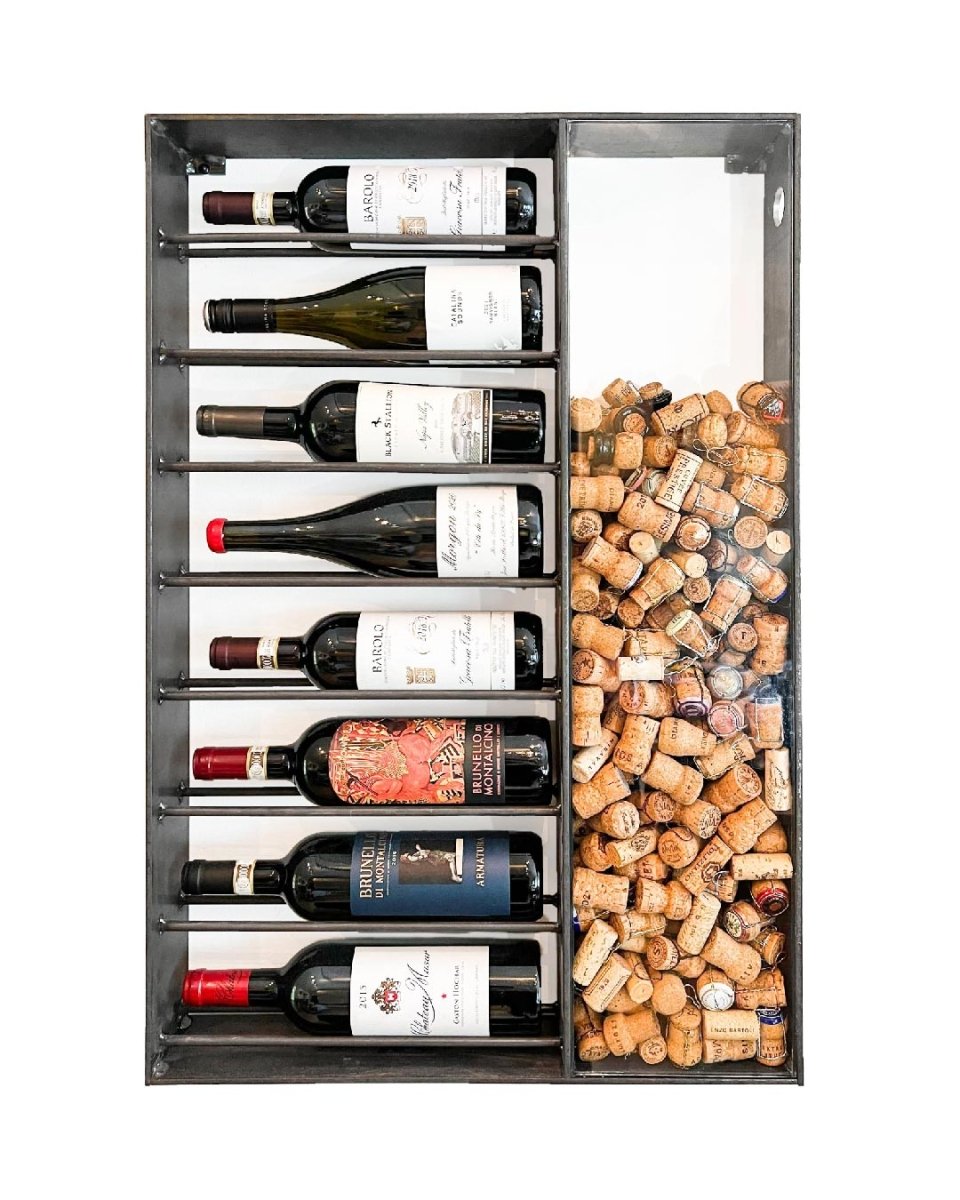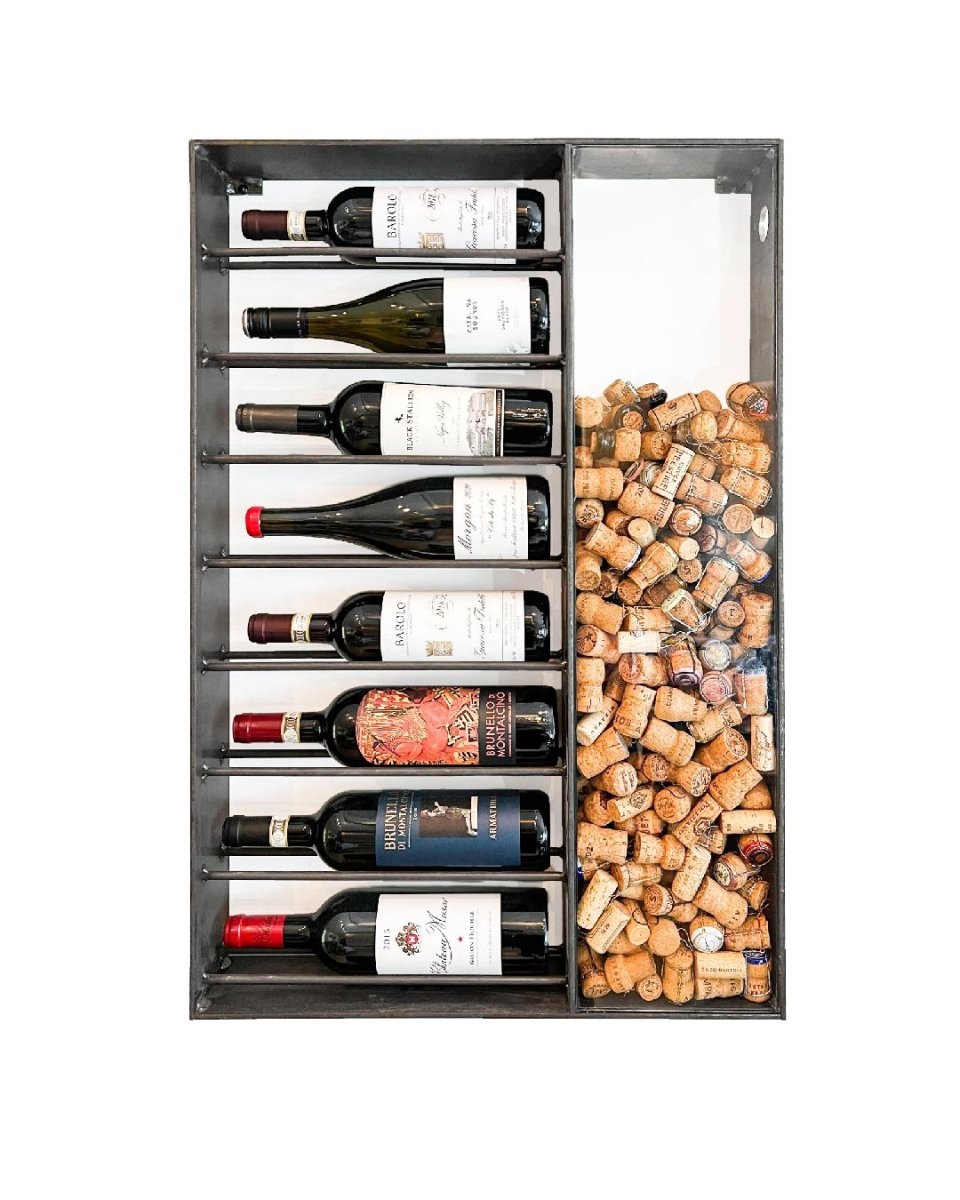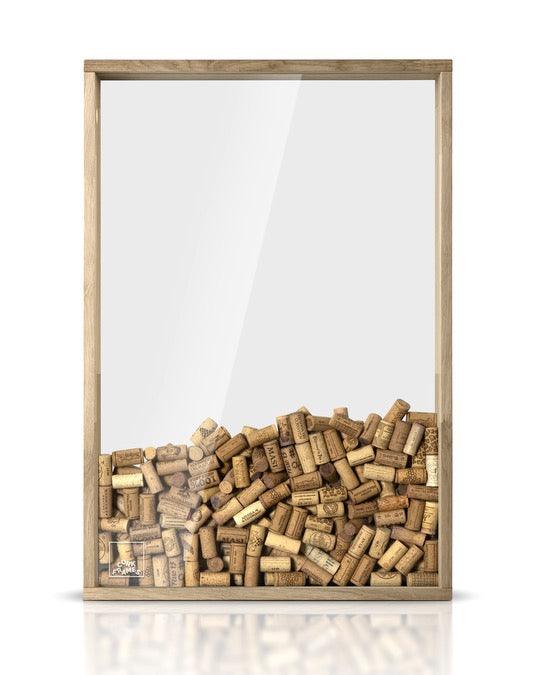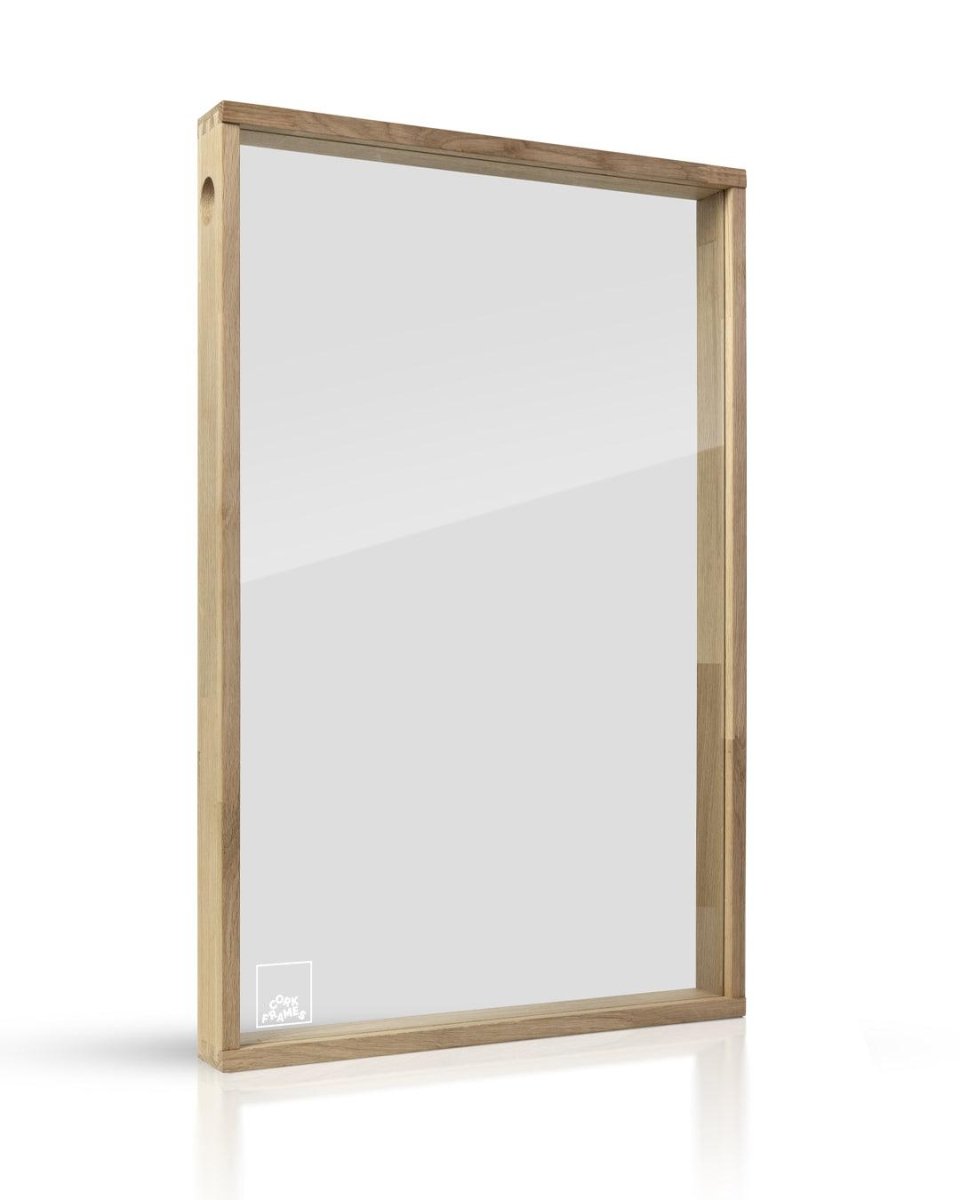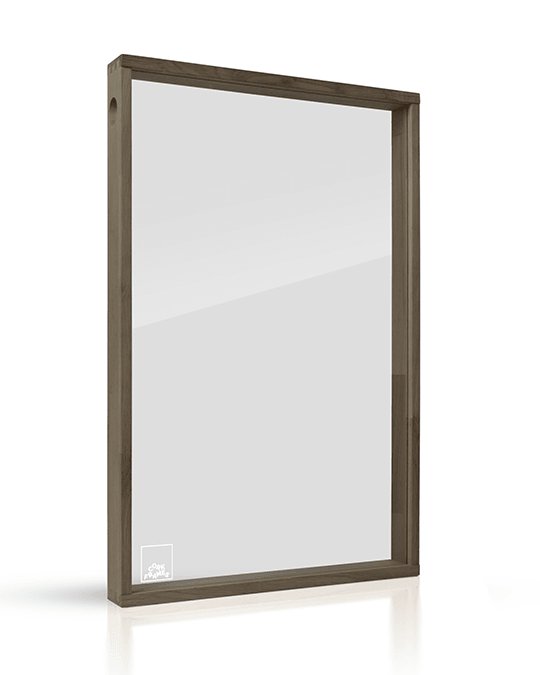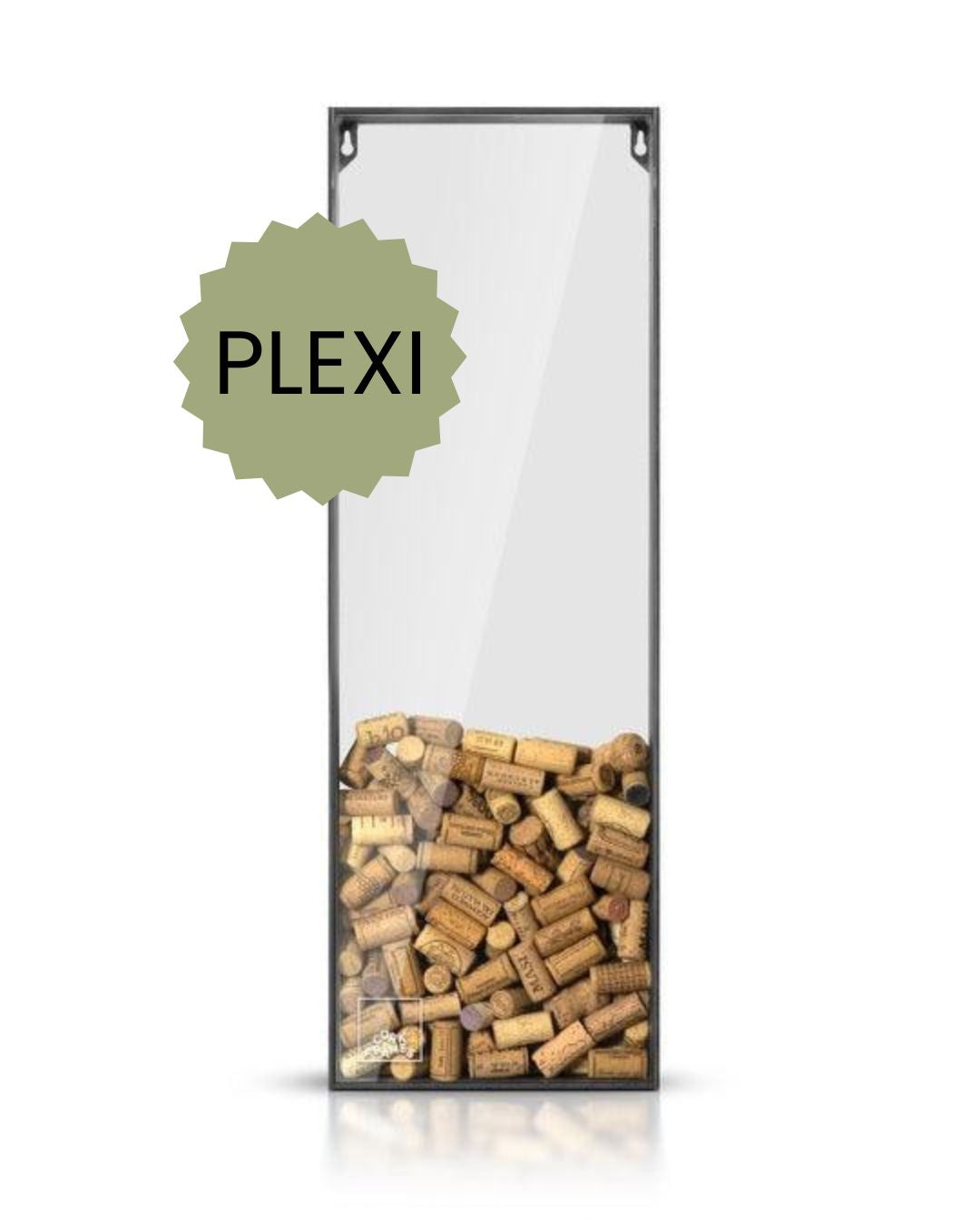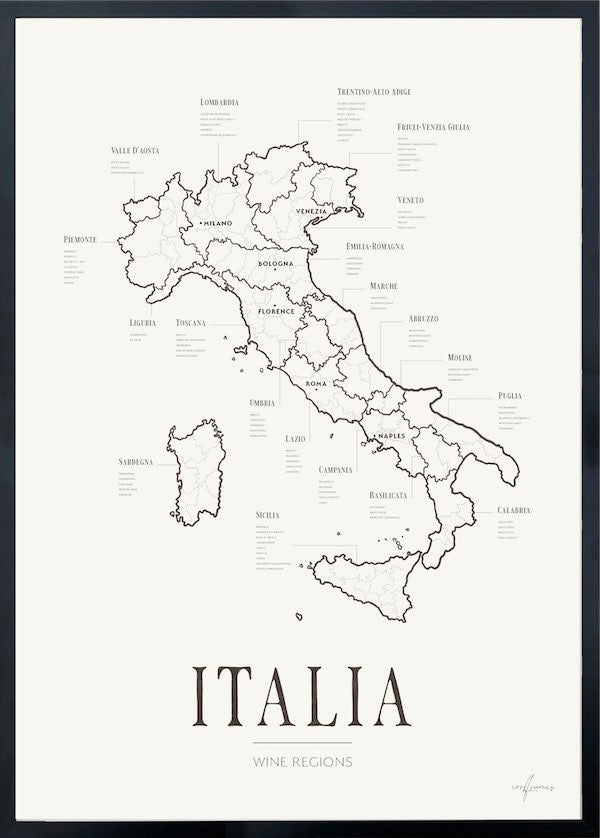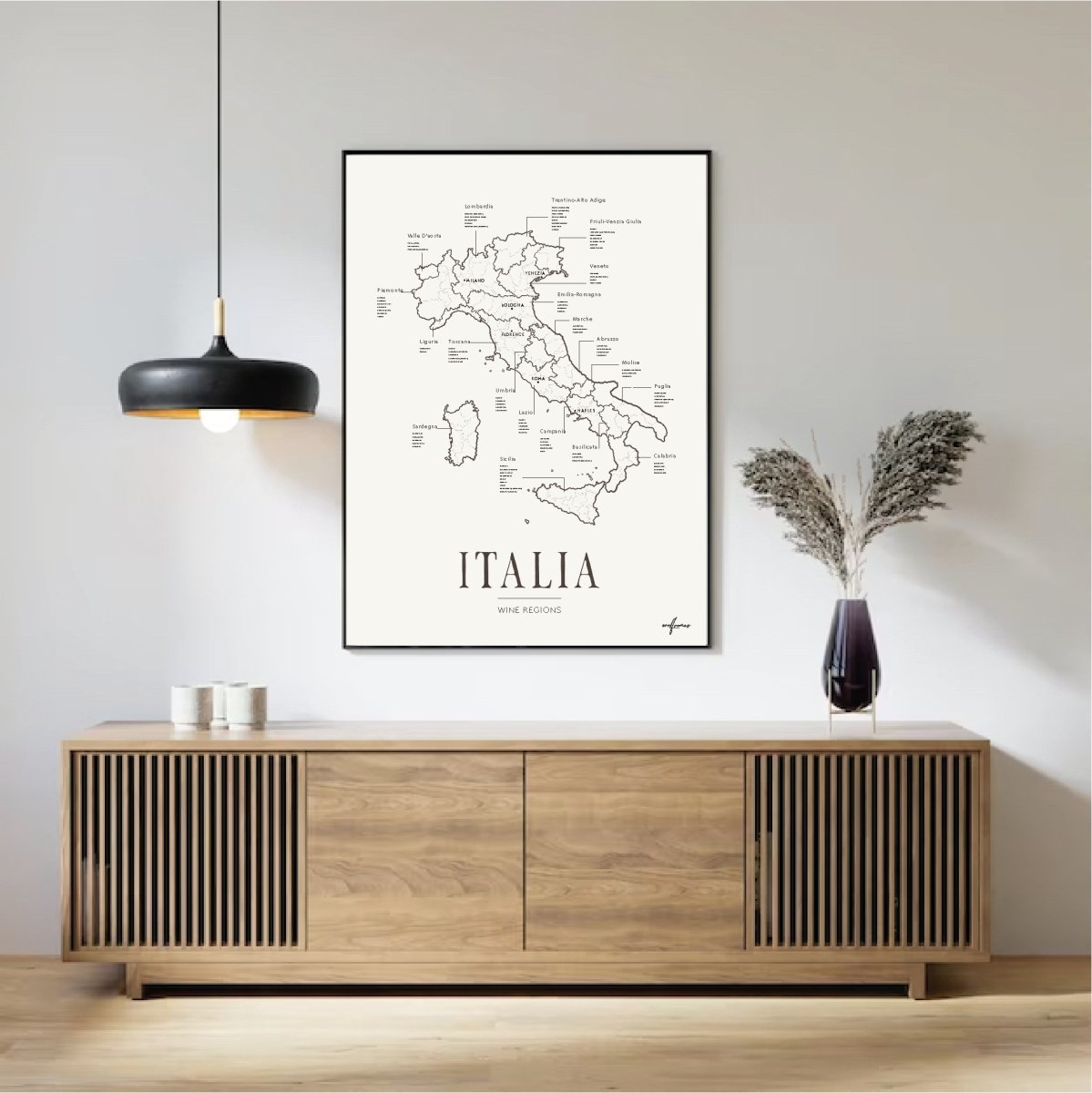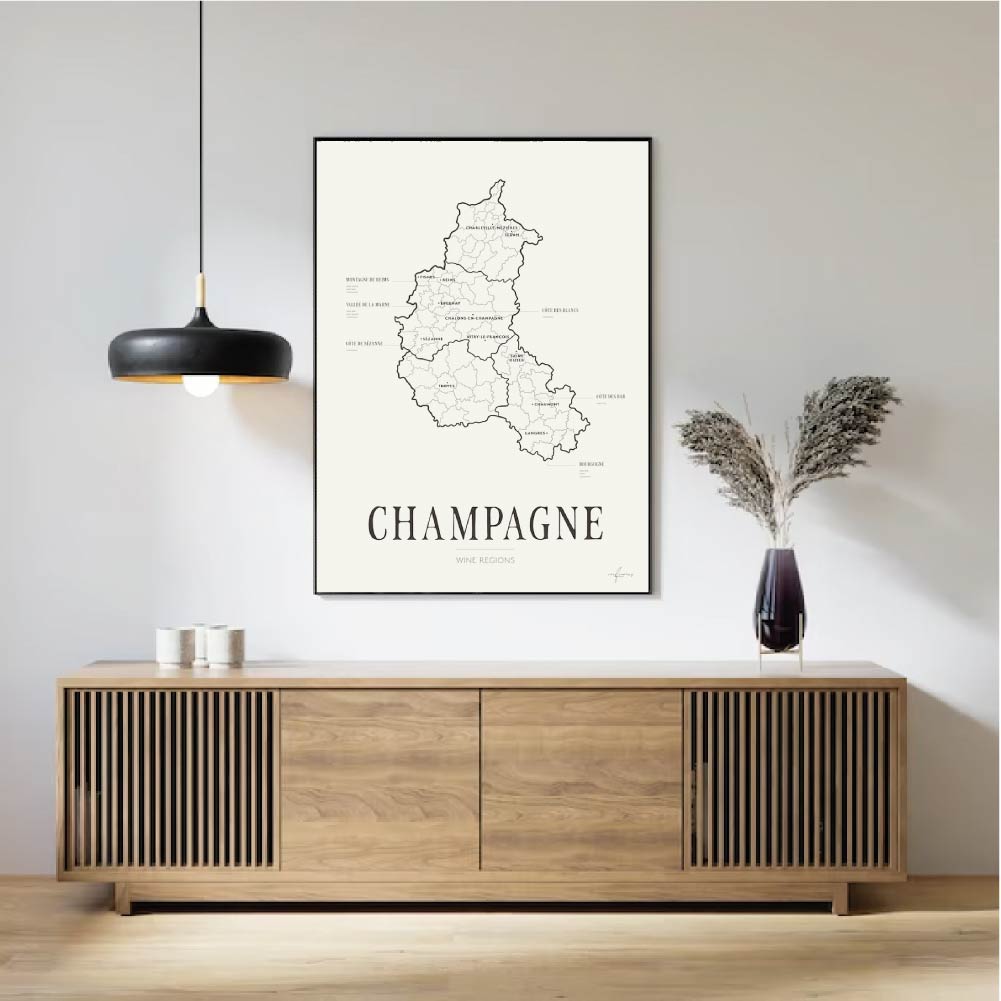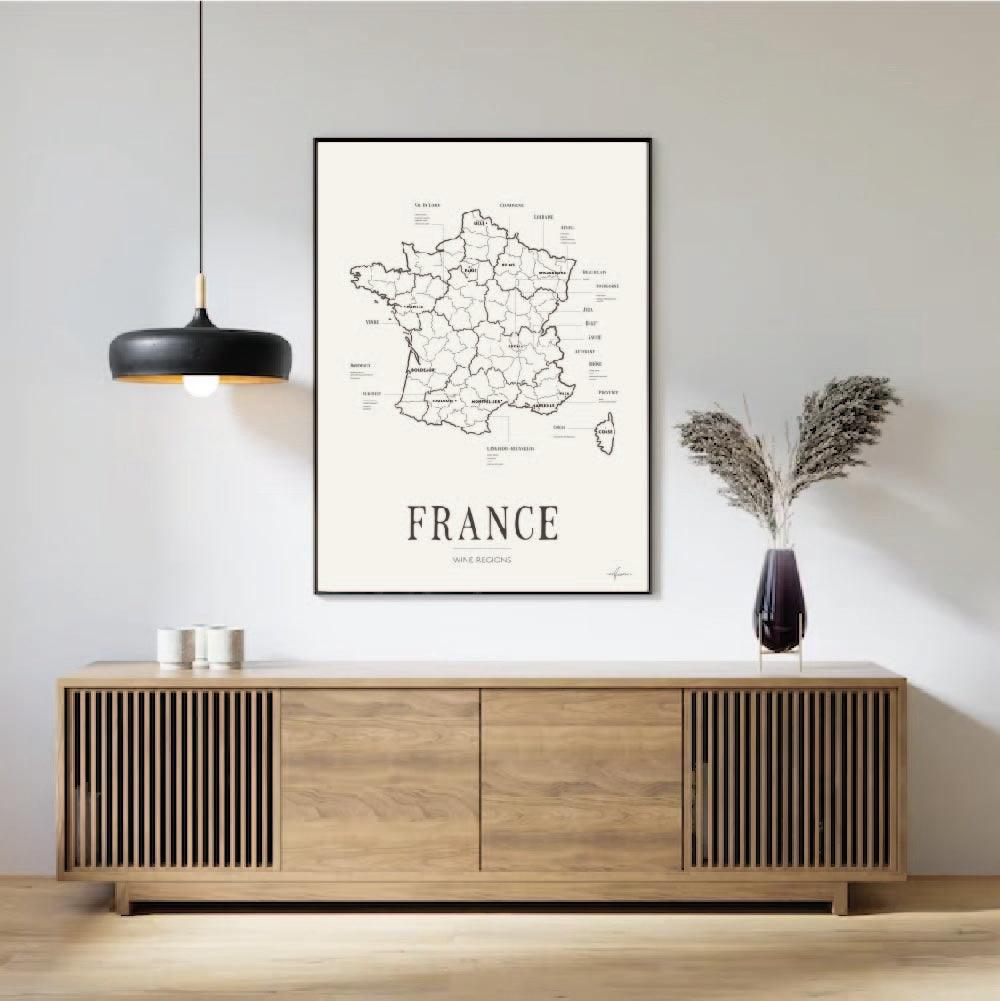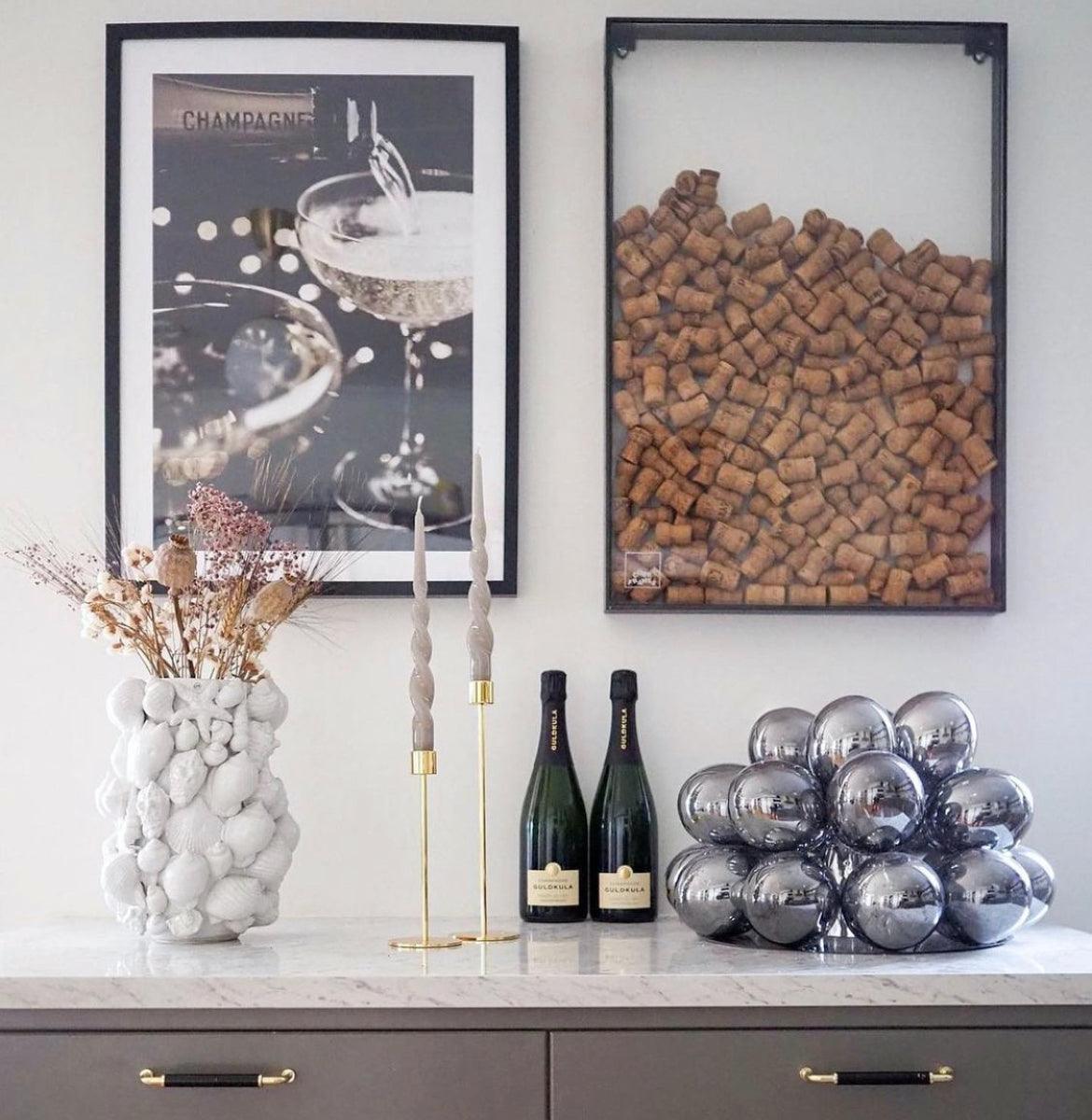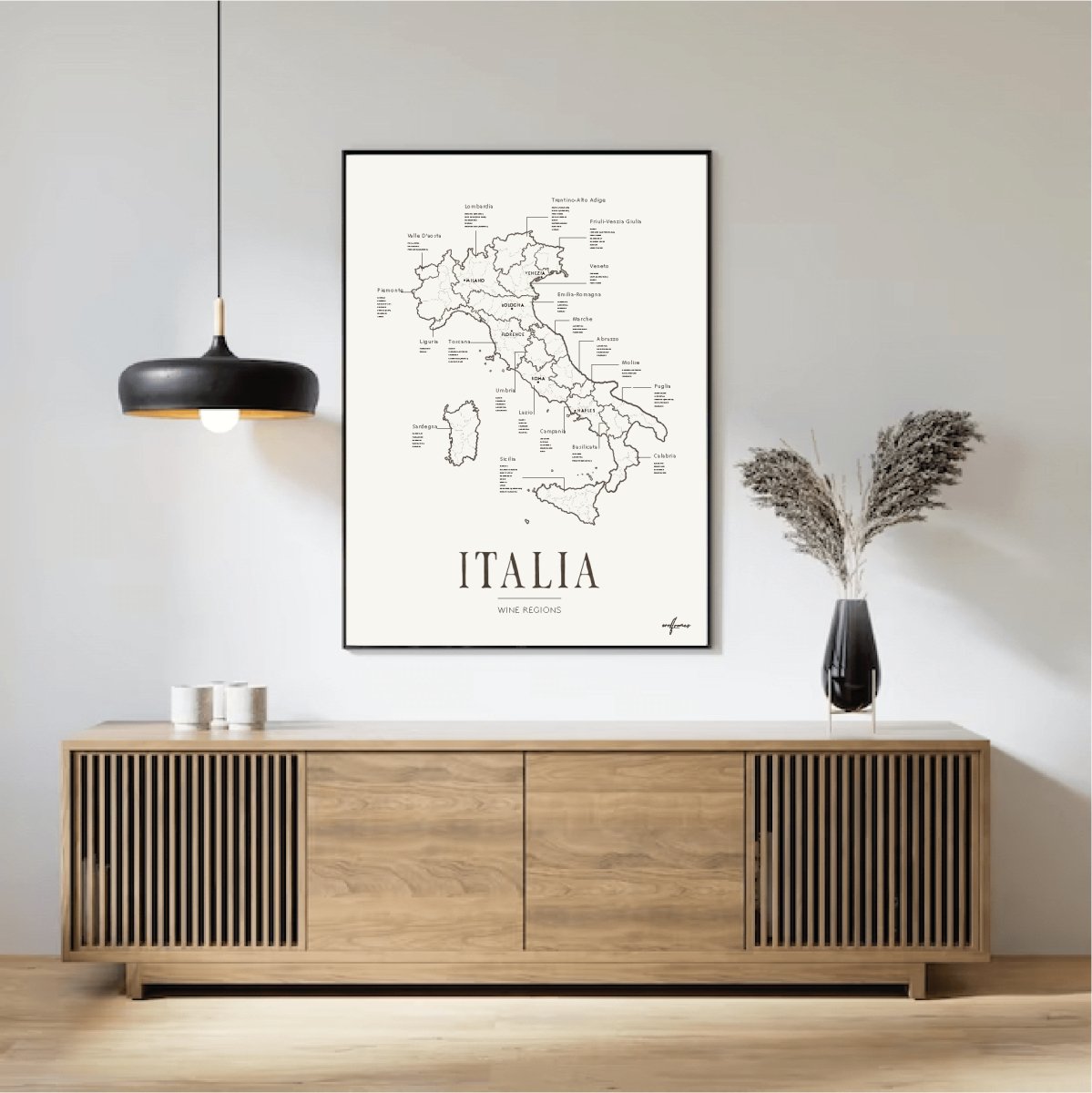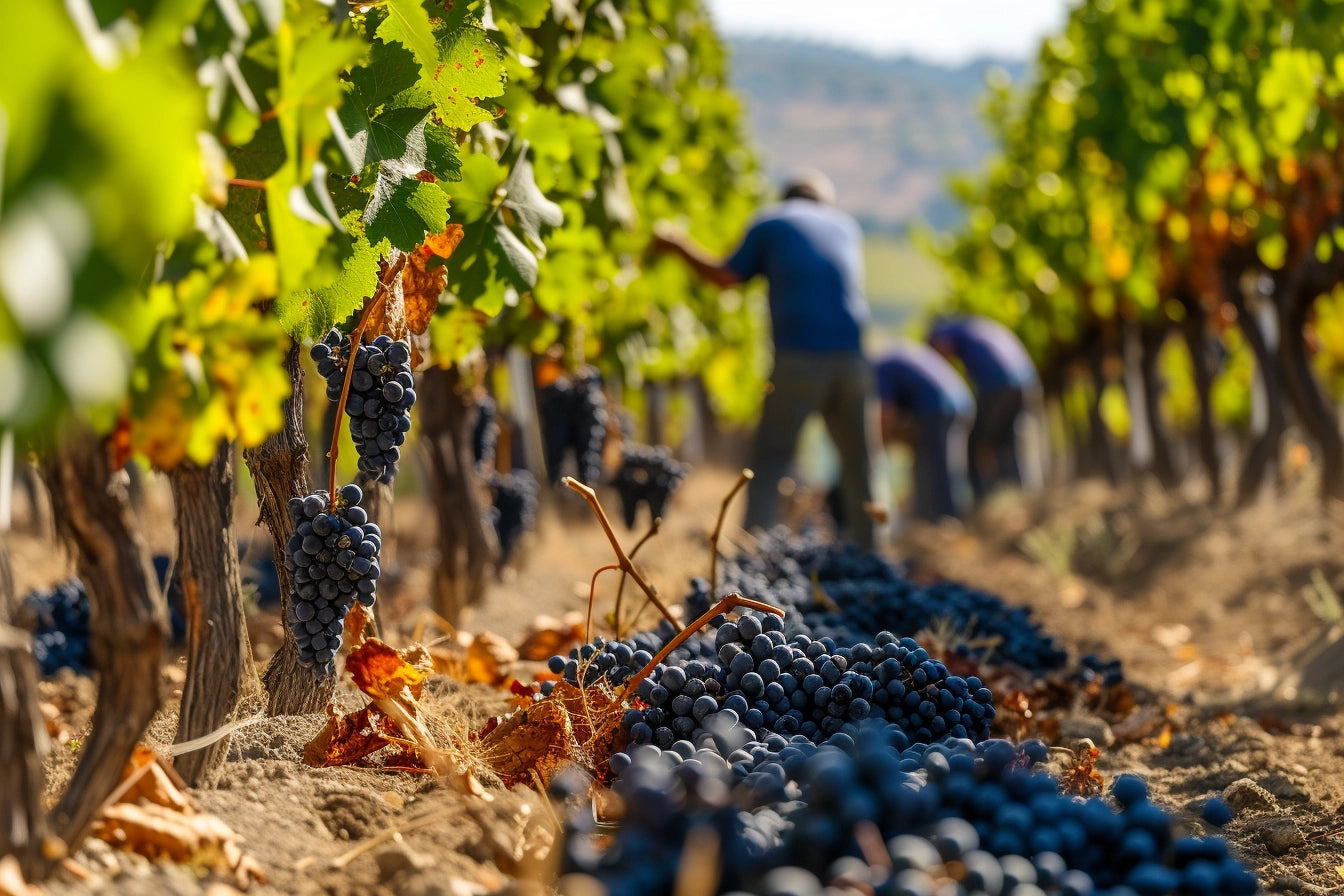A traditional Swedish midsummer pole (midsommarstång) is a central part of the Midsummer celebration and is crafted according to specific traditions.
Here are some key aspects of how a midsummer pole should be designed to fulfill the old Swedish traditions:
Construction and Decoration
- Pole: A long wooden pole, often a spruce or birch trunk, is used as the base.
- Crossarms: A crossarm is placed at the top of the pole, giving it a cross-like structure.
- Wreaths: Two wreaths, one on each side of the crossarm, are characteristic decorations. These wreaths are made of birch leaves and flowers.
- Flowers and Leaves: The entire pole is covered with birch leaves and flowers. Common flowers include midsummer flowers, daisies, and buttercups.
- Birch Leaves: The pole is often wrapped with birch leaves and sometimes decorated with seven kinds of flowers, symbolizing Midsummer.
Placement and Raising
- Placement: The midsummer pole is traditionally raised on a grassy area, often in the center of the village or in a meadow.
- Raising: Raising the midsummer pole is a communal activity that often involves the village residents. It is a ceremony symbolizing community and togetherness.
Symbolism
- The midsummer pole has roots in ancient pre-Christian traditions and symbolizes fertility and growth.
- The decorations and shape of the pole symbolize both the abundance of nature and the rays of the sun.




